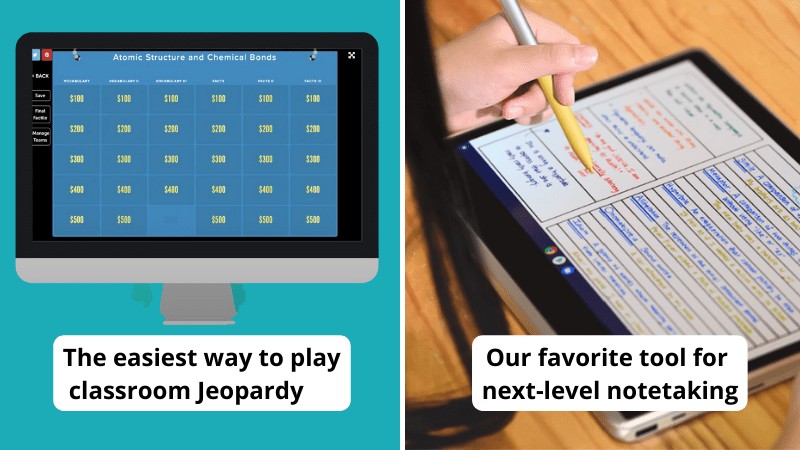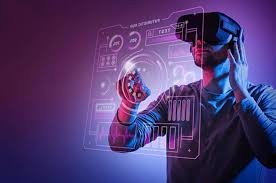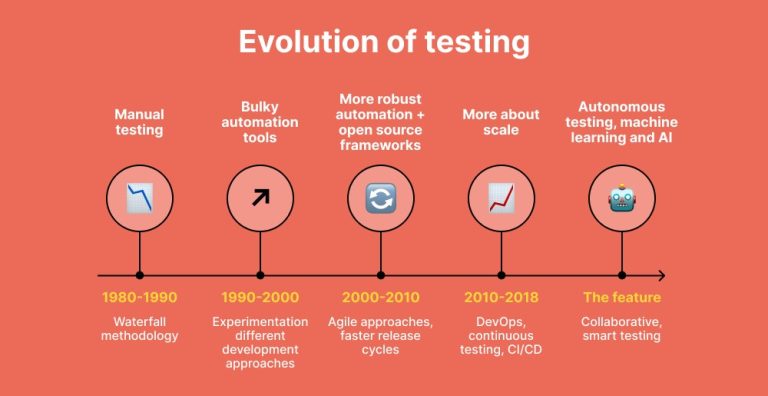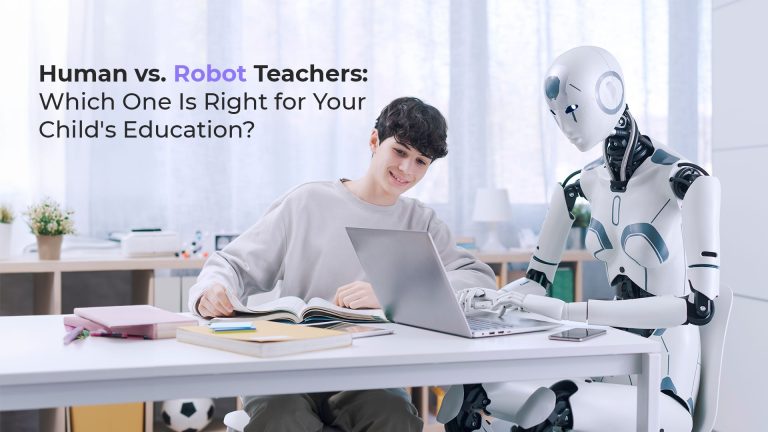My Favorite Tech Tool of the Year (And Why)
Every year brings a wave of new technology, promising to reshape the way we work, communicate, and solve problems. As someone deeply engaged in the evolving digital landscape, I’ve had the opportunity to explore a wide range of tools, from cutting-edge software to innovative gadgets. Yet, amid this ever-expanding sea of options, one particular tech tool stood out this year—not just for its technical sophistication, but for its profound impact on how I manage my work and enhance productivity. That tool is ChatGPT, an AI-powered language model developed by OpenAI.
What makes ChatGPT remarkable isn’t simply its ability to generate text. In a world flooded with apps and services designed to automate or streamline tasks, ChatGPT offers something refreshingly versatile and intuitive. It acts like a personal assistant, a brainstorming partner, and a reliable research companion all rolled into one. For professionals who deal with information overload, creative blocks, or communication challenges, this AI represents a significant leap forward.
My experience with ChatGPT began with a simple curiosity—could an AI really understand the nuances of human language well enough to assist with complex writing or problem-solving? What I found was beyond expectations. Whether drafting emails, summarizing reports, or even generating ideas for articles, the AI demonstrated a remarkable grasp of context and tone. It’s not just about completing sentences; it’s about understanding the intent behind them and responding in a way that feels natural and relevant.
One example that highlights the tool’s value involved preparing a detailed proposal for a client with tight deadlines. Normally, drafting such documents requires juggling between research, data analysis, and crafting persuasive language, which can be time-consuming and mentally draining. Using ChatGPT, I was able to quickly outline the structure, refine the messaging, and even anticipate potential questions from the client. The AI’s suggestions helped me clarify points I might have otherwise overlooked, making the final document stronger and more compelling.
Beyond efficiency, ChatGPT also encouraged a different kind of creativity. Sometimes, when working solo, ideas can stagnate, and it’s difficult to break free from habitual thinking patterns. Engaging with the AI felt like brainstorming with a thoughtful colleague who never tires and always offers fresh perspectives. This dynamic interaction sparked new angles on projects and helped me explore possibilities I might not have considered on my own. The tool became not just a means to an end, but an integral part of the creative process.
Of course, like any technology, ChatGPT is not without its limitations. It can sometimes provide information that needs verification, and its responses depend heavily on the input it receives. But what impressed me most was how these challenges highlighted the importance of human judgment rather than diminished the AI’s usefulness. It reinforced the idea that technology should augment human capabilities, not replace them. This balance between automation and human oversight is critical, and ChatGPT exemplifies how the two can work in harmony.
From a broader business perspective, tools like ChatGPT are transforming workflows across industries. Customer service teams are using AI chatbots to handle routine inquiries, freeing human agents to focus on complex issues. Marketing professionals leverage AI to generate content ideas and personalize messaging at scale. Even developers and analysts find AI valuable for code suggestions, data interpretation, and automating repetitive tasks. The democratization of such powerful tools levels the playing field, allowing small teams and solo entrepreneurs to compete with larger organizations by amplifying their productivity and creativity.
What sets this tech tool apart in my eyes is its accessibility. Unlike specialized software that demands extensive training or costly licenses, ChatGPT is available through intuitive platforms and easy-to-use interfaces. This lowers barriers for adoption and empowers a wide range of users, from seasoned professionals to students just starting out. The experience feels less like learning a new tool and more like gaining a collaborative partner that adapts to individual needs.
Reflecting on the year, I realize that my favorite tech tool is not just about what it can do but how it makes me feel about the future of work. In an era where rapid change can feel overwhelming, having a reliable, adaptable assistant fosters confidence and creativity. It allows me to focus on higher-level thinking, strategic planning, and meaningful connections, rather than getting bogged down in routine tasks.
In conclusion, while the tech landscape continually offers dazzling innovations, my standout favorite this year is ChatGPT for its unique blend of utility, intelligence, and accessibility. It has transformed my approach to communication and problem-solving in ways that feel both profound and practical. More than just a piece of software, it represents a glimpse into the future of human-AI collaboration—a future where technology enhances rather than replaces our distinctly human qualities. For anyone navigating the challenges of today’s professional world, this tool offers a powerful ally in turning ideas into action and complexity into clarity.







